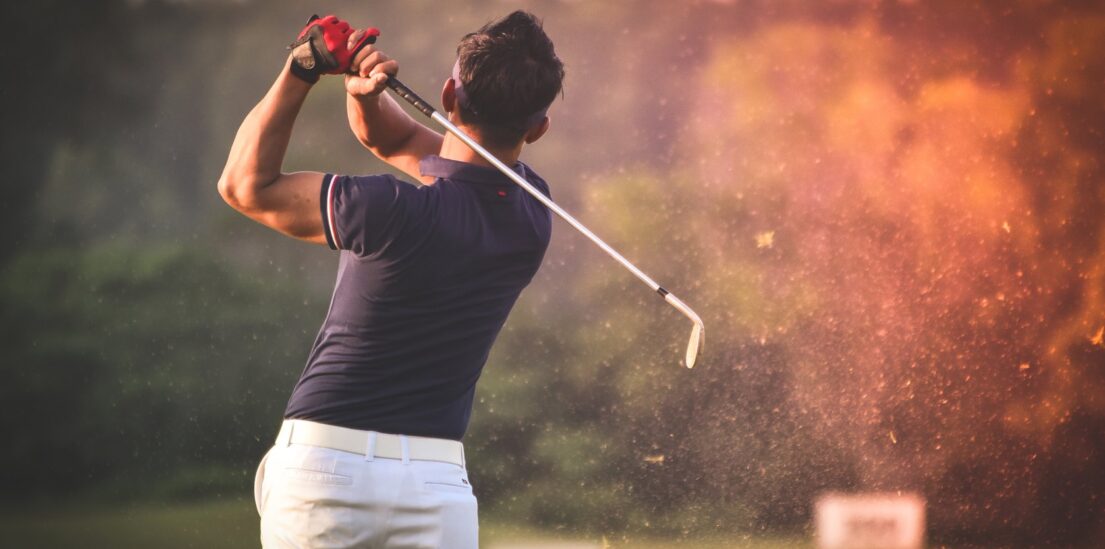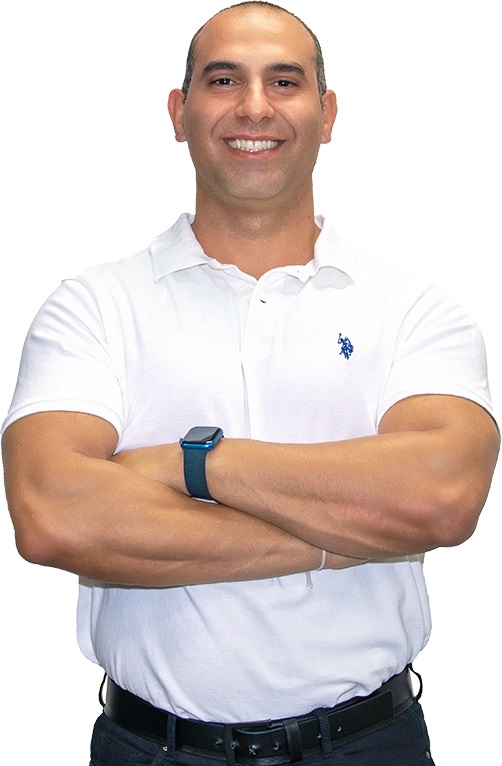Golfer’s elbow is when the inner part of your elbow hurts. Despite its name, it doesn’t just affect golfers. As stated in Let’s Talk About Golfer’s Elbow by Ben Benjamin, it can also affect people who play the violin, work in construction, play tennis, or ride bikes. It’s caused when the muscles you use to grip, twist, or carry things with your hand get overused.
What is Golfer’s Elbow?
In medical terms, Golfer’s elbow, known as medial epicondylitis, is a type of tendonitis. It results when the tendons that connect your forearm muscles to the inner part of your elbow become inflamed. This inflammation causes pain and discomfort, particularly when gripping, twisting, or carrying objects.
The pain is on the bony bump on the inside of your elbow, and the pain might spread into the forearm and wrist. Tendonitis is often caused by an overuse of the forearm muscles and tendons, with a repetitive, minor shock on the affected areas or a sudden more serious injury. Golfer’s elbow is not as common as tennis elbow. Both are forms of elbow tendonitis, but tennis elbow is because of damage to tendons on the outside of the elbow, while golfer’s elbow is caused by tendons on the inside.
Causes of Golfer’s Elbow
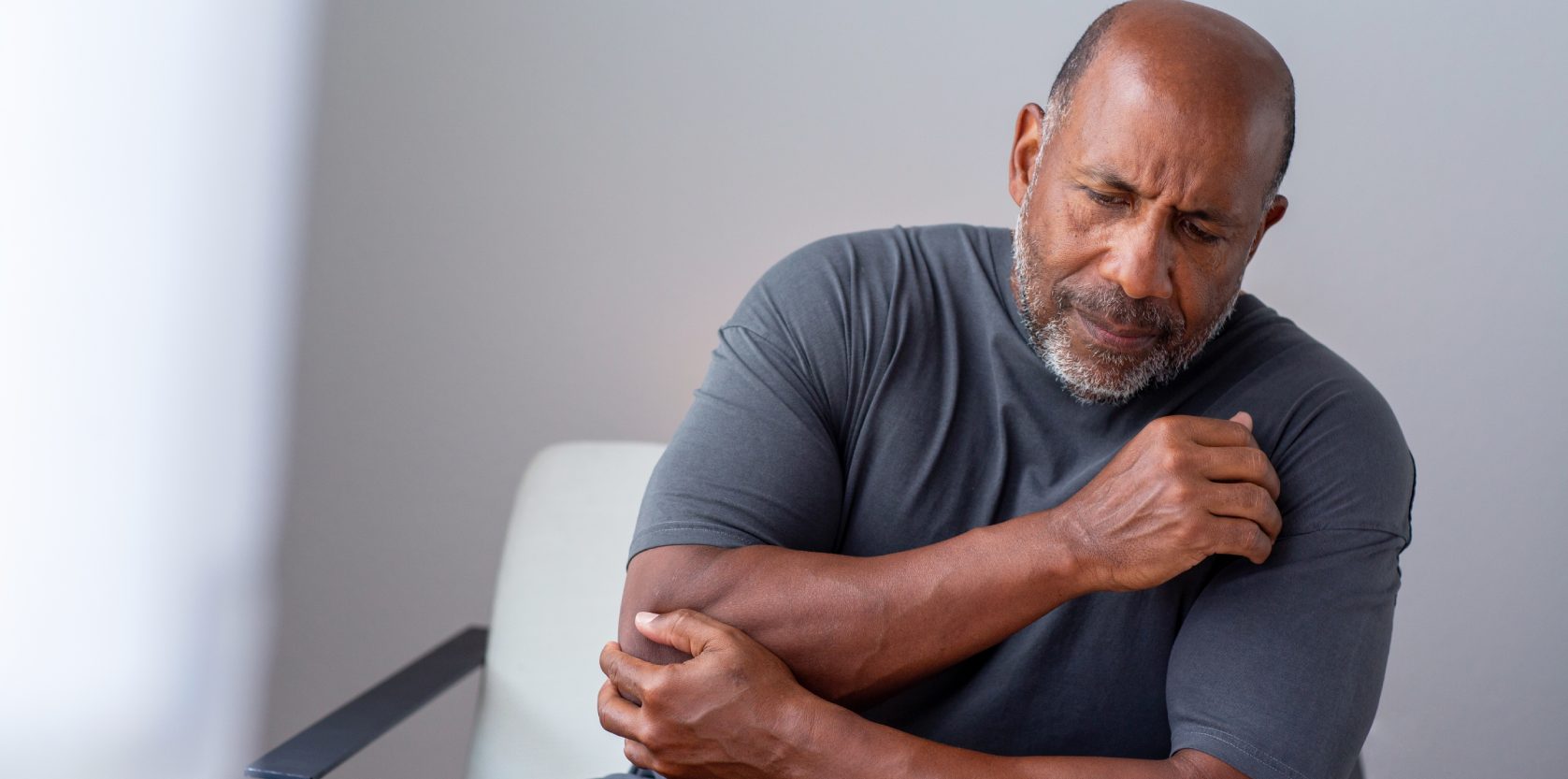
Despite the name, many activities and occupations can lead to golfer’s elbow. Any hand, wrist, or forearm movement can lead to golfer’s elbow as the straining of the muscles and tendons that help to move the forearm and wrist can be injured. These muscles are attached to the elbow with a tendon, and straining of these muscles can cause small tears and inflammation within the tendon. The damage to the tendons and muscles that control your wrist and fingers results in the pain known as golfer’s elbow. The damage is typically related to excess or repeated stress, especially with forceful wrist and finger movements. Repetitive flexing, gripping, or swinging can cause tiny tears or pulls in the tendons. Furthermore, improper throwing, lifting, or hitting as well as poor conditioning and too little warm up can contribute to this injury. When the muscles are overused with repetitive movements such as typing or using a computer mouse, it can also result in damage and golfer’s elbow pain.
Your shoulders and elbows face the risk of strain from overuse and impact injuries while playing sport or doing an activity. These injuries can strain ligaments or tear the muscles or tendons. These are some of the common sports and activities that can lead to muscle or tendon injuries:
- Forceful, repetitive movement: incorrect golf swing, incorrect golf club grip, the use of vibration tools, occupational movements in fields such as carpentry, plumbing and construction, frequently using tools like screwdrivers, hammers, raking and painting.
- Racket sports: repetitive use of the wrist and clenching fingers, improper techniques with tennis strokes such as the backhand, incorrect racket size and weight.
- Throwing sports: improper pitching techniques in baseball or softball, incorrect grip and technique of the equipment in javelin, archery, and shot put.
- Lifting weights and weight training: improper techniques to lift weights, picking up and carrying heavy objects can overload elbow muscles and tendons.
These activities need to be done for more than an hour a day on many days for an injury to result in golfer’s elbow.
People with the following conditions are also vulnerable to golfer’s elbow:
- Older than 40.
- Two hours a day of repetitive activities as mentioned above.
- Being a smoker.
- Being obese.
Symptoms of Golfer’s Elbow
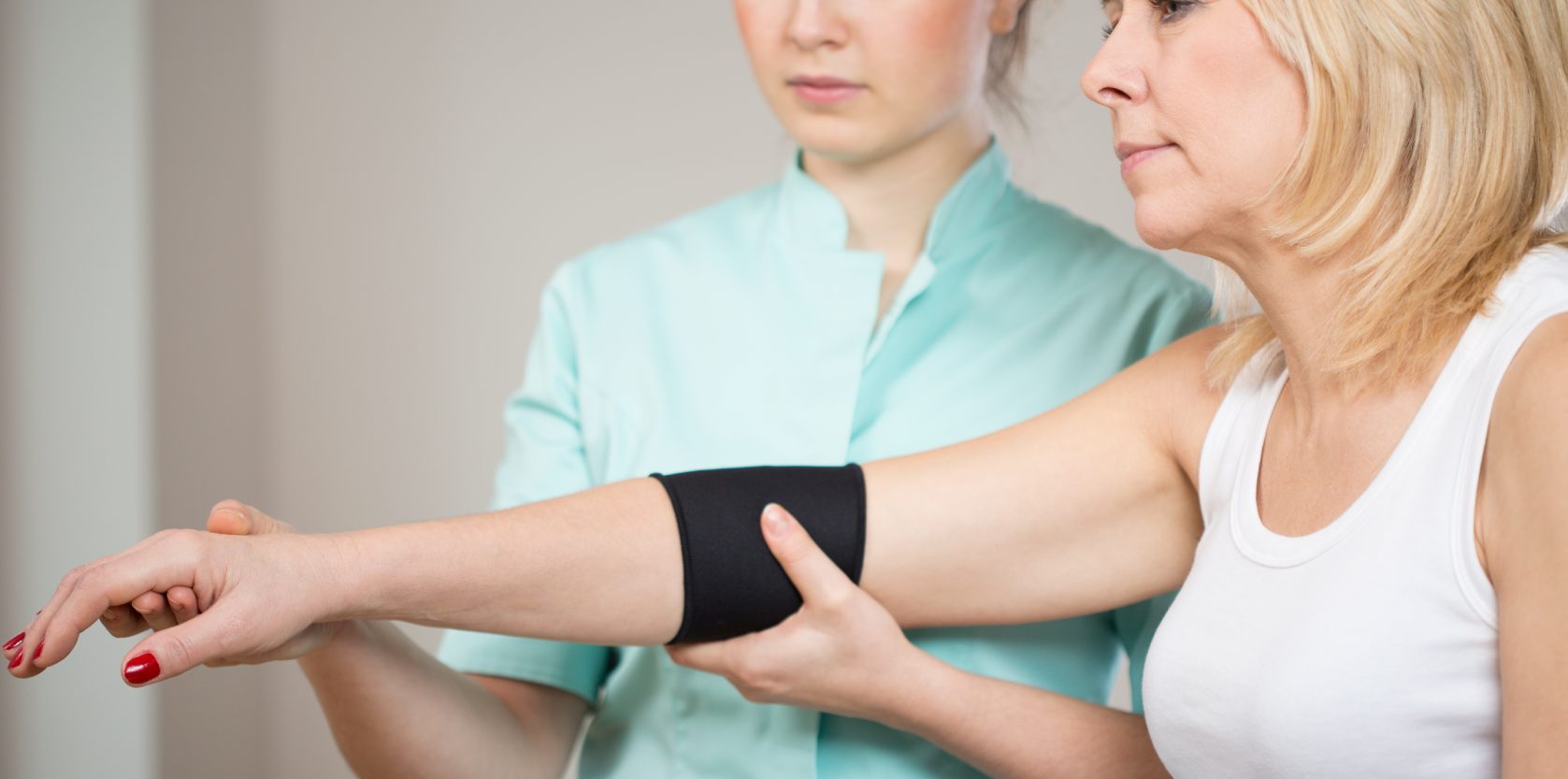
The pain in your elbow can start gradually or suddenly and increase with certain movements. There are a number of signs ones must pay attention to find out if you have golfer’s elbow.
- Pain and tenderness: You will experience a pain on the left inner side of your elbow. This pain might extend along the inner side of your forearm and wrist and will worsen with certain movements. The elbow might be hot and inflamed, and you could have a fever. There is a tenderness is on the inside of your elbow.
- Stiffness: To move your arm and make a fist hurt, and you cannot move your elbow.
The elbow is stiff first thing in the mornings, and it takes effort to straighten it.
- Weakness: Your hands and wrists are weak, and you cannot pick up and hold something like a cup of coffee. It hurts to open jars, and you experience inner elbow pain with twisting movement to open bottles.
- Numbness and tingling: A numbness and tingling sensation will be experienced in one or more fingers. It is usually in the ring and little finger.
How Chiropractic Can Help Golfer’s Elbow
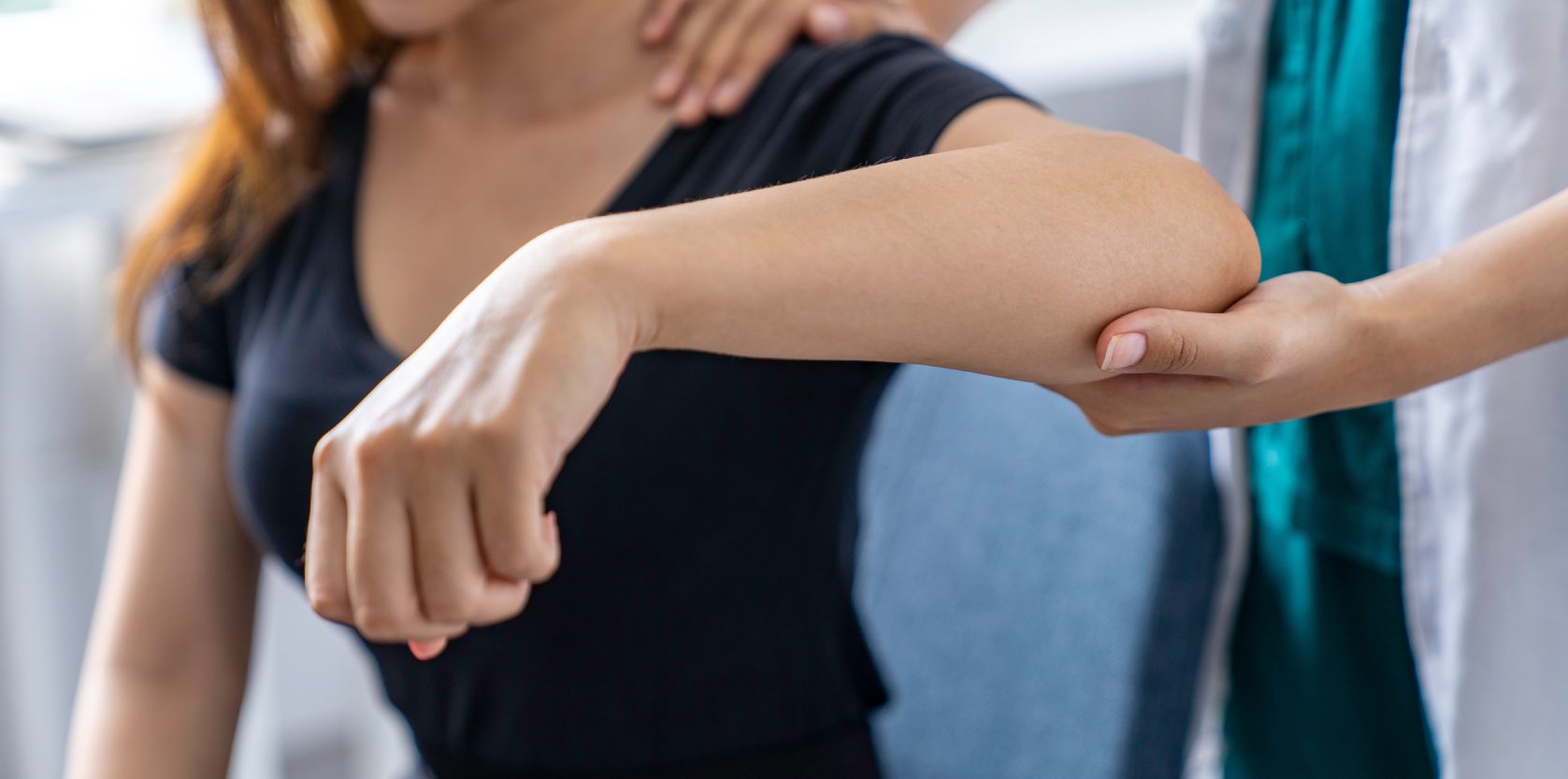
When you have tried pain medication, resting for a period of time, heat, or cold and nothing brings the lasting relieve you need, it is time to seek the help of a professional. Medication and even surgery might be suggested by your primary care practitioner. However, chiropractic care is ideal and the first and obvious choice for the treatment of golfer’s elbow. As golfer’s elbow can have more than one cause such as injuries, nerve problems, repetitive use, and more, the chiropractor’s priority is to address the cause of the pain and treat the root cause.
Chiropractic Treatment for Golfer’s Elbow
Various techniques and combinations of traditional chiropractic care and progressive methods are used, such as manual therapy, therapeutic exercises and more. Together with traditional chiropractic techniques, these could also include the following:
- Active Release Techniques (ART®) is a soft tissue method that focuses on relieving tissue tension which developed due to repetitive use or overload. ART is usually used in conjunction with other chiropractic techniques and exercise rehabilitation.
ART® has been used successfully by a certified chiropractor and practitioner in ART® to treat acute and repetitive strain injuries in half the time of more traditional methods. - Instrument-assisted soft tissue mobilization. This is a form of soft tissue mobilization using specialized instruments to identify and break down tendons and muscles to address dysfunction and alleviate pain. These instruments used stimulate the body’s healing response to inflammation to restore full function and comfort to the affected area.
Get the Help You Need for Golfer’s Elbow
We understand that the discomfort from golfer’s elbow can disrupt your daily activities. Our chiropractic team is committed to assisting you in finding relief. Don’t hesitate to reach out to our office to arrange an appointment at your earliest convenience.

